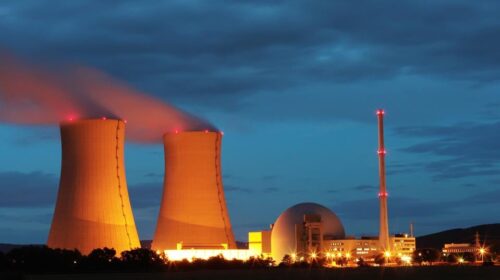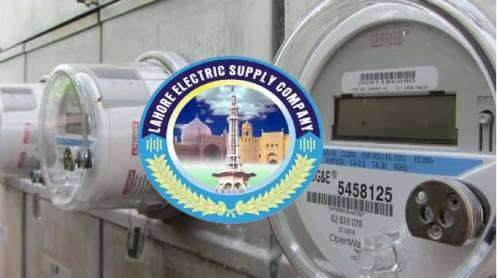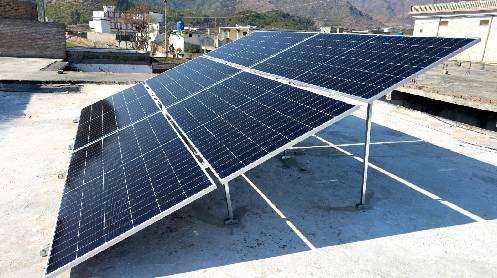The development of C-5, which is the fifth unit of the Chashma Nuclear Power Generating Station, has hit a snag because of the reported refusal by the Ministry of Finance to furnish a sovereign guarantee, sources told Dawn on Monday.
The Chinese partner has agreed to provide financing for up to 85 per cent of the $3.7 billion nuclear power plant having a nameplate capacity of 1,200 megawatts, subject to the sovereign guarantee.
Such guarantees are meant to assure the creditor that the government will satisfy the obligation if the primary obligor — the Pakistan Atomic Energy Commission (PAEC), in this case — defaults on the loan repayment.
The loan programme of the International Monetary Fund (IMF) seems to have tied the government’s hands with regard to the sovereign guarantee. As part of the 2022-23 budget, the government has laid before the National Assembly a Statement of Contingent Liabilities.
The list contains all guarantees expected to be issued during the fiscal year. The government is treating it as a ceiling to contain fiscal risks and safeguard the public debt trajectory.
The spokesperson for the finance ministry wasn’t available for comment.
The share of nuclear power in the national energy mix has grown at a sharp pace in recent years. With a share of 27.1pc, it was the largest contributor to the energy pie in December. Hydel, coal and local gas were the other main sources with respective contributions of 20.4pc, 18.1pc and 15.1pc.
The quantum of nuclear power generation grew 47.5pc in December on a year-on-year basis, thanks to the addition of new capacities. In terms of the fuel cost alone, nuclear was the cheapest source of energy in December with an average of only Rs1.10 per kWh versus Rs11.50 for coal and Rs10.50 for local gas.
As many as six nuclear power plants are currently operational in the country. The first nuclear power plant, known as Kanupp-1, started generating 137MW of electricity way back in 1971. It was de-commissioned in 2021 after a 50-year run.
Meanwhile, the PAEC set up and has been running four nuclear power units based on Chinese technology near Chashma, Punjab. With a nameplate capacity of 325MW each, C-1 and C-2 started operations in 2000 and 2011, respectively. C-3 and C-4 became operational in 2016 and 2017, respectively, and have a gross capacity of 340MW each.
Separately, PAEC established Karachi Nuclear Power Plant Unit-2 and Unit-3 at Paradise Point, once a popular public beach on the outskirts of Karachi. The two units have a nameplate capacity of 1,100MW each. K-2 and K-3 started generating electricity in 2021 and 2022, respectively.
The six nuclear plants have a combined installed capacity of 3,530MW, constituting a share of 8.1pc in the country’s total nameplate power-generating capacity.
The average tariff for all nuclear plants — which incorporates debt servicing, return on equity, capacity payments and maintenance charges besides the negligible fuel cost — is less than Rs13 a unit, making it significantly cheaper than nearly all sources, except hydel.
Besides C-5 of 1,200MW, PAEC is also setting up two new power plants — K-4 and K-5 — of 1,400MW each in Karachi. In addition, it’s establishing two nuclear plants — M-1 and M-2 — of 1,400MW each in Muzaffargarh, Punjab.







